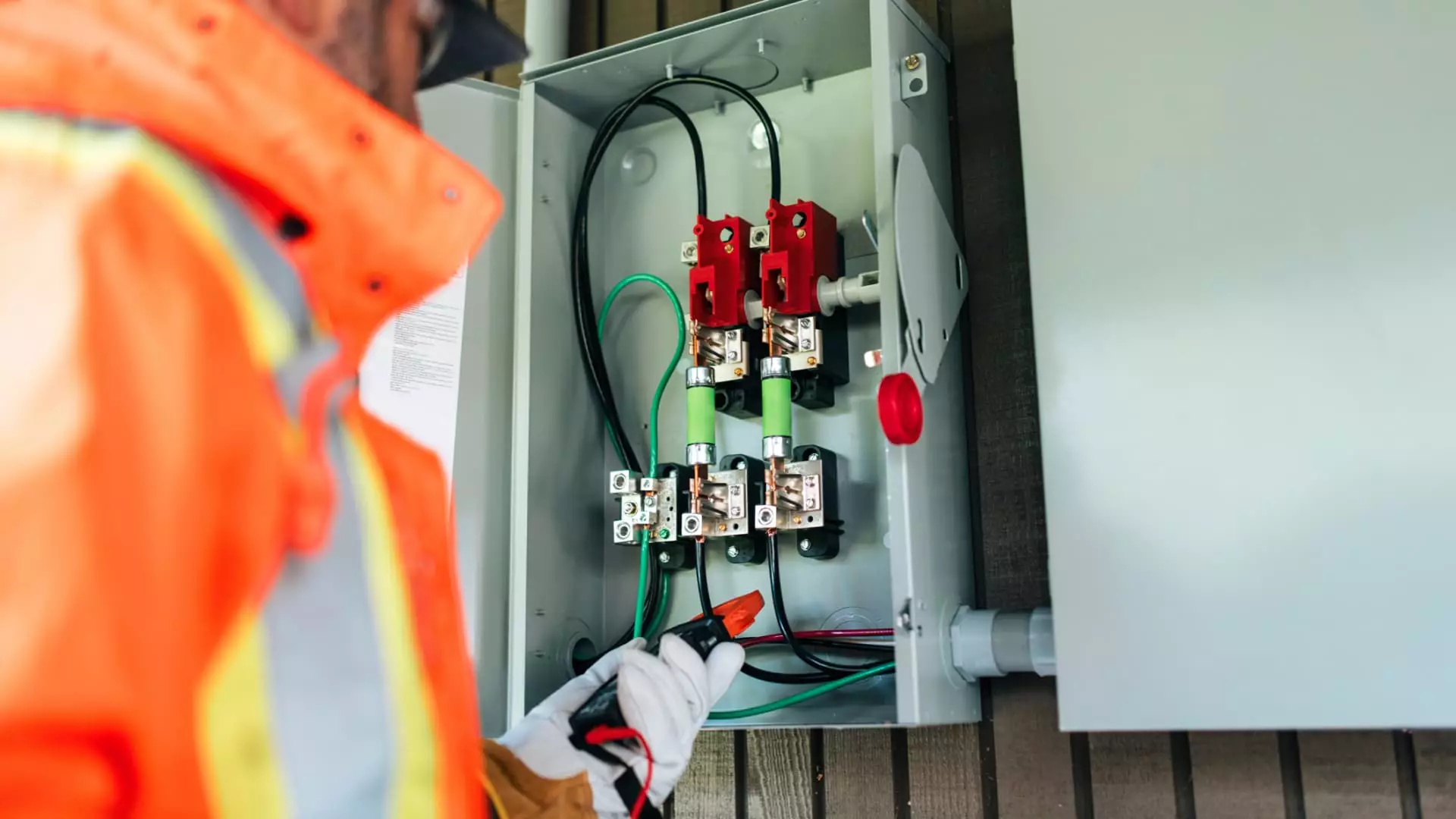The federal government has allocated $8.8 billion for Home Energy Rebates programs through states, territories, and tribes, signaling potential relief for many consumers in the near future. These rebates aim to incentivize homeowners and landlords to make certain energy efficiency upgrades to their properties. The program is designed to partially or fully offset the costs of projects such as installing electric heat pumps, insulation, electrical panels, and Energy Star-rated appliances. The Department of Energy expects that these programs will not only save households $1 billion a year in energy costs but also drive higher efficiency in homes.
So far, New York has received the first approval for its rebate application, with an initial award of $158 million under the Home Electrification and Appliance Rebates program. The state is expected to open its program to consumers by early summer. Other states that have applied for funding include Arizona, California, Colorado, Georgia, Hawaii, Indiana, Minnesota, New Hampshire, New Mexico, Oregon, and Washington. However, not all states have applied for both programs, and there are significant variations in the eligibility criteria and rebate amounts depending on the state and program.
The Home Electrification and Appliance Rebates program focuses on paying consumers a maximum amount of money for purchasing specific energy-efficient technologies and services. Examples of rebates include funds for ENERGY STAR electric heat pump water heaters, space heating systems, heat pump clothes dryers, electric stoves, cooktops, ranges, ovens, and more. The program offers up to $14,000 to low- and moderate-income households below 150% of the area’s median income, with varying levels of project cost coverage based on income levels.
In contrast, the Home Efficiency Rebates program is technology-neutral and rewards households based on the overall energy savings achieved through efficiency upgrades. The more significant the energy reductions, the larger the rebates, with potential rebates of up to $8,000 for households achieving at least a 35% cut in energy usage. This program is available to all households, regardless of income, but low-income earners may qualify for more substantial rebates. States can choose to increase the maximum rebate amount for low earners with Energy Department approval.
Consumers looking to take advantage of these rebate programs should be aware of the restrictions, including the inability to double-dip on rebates. For example, consumers cannot use the energy savings from a specific technology to claim multiple rebates for the same project. However, they may be able to combine these rebates with existing programs offered by states and local utilities. These rebates are intended to be provided at the point of sale, either through upfront discounts or rebated amounts off the project costs.
Overall, the implementation of these rebate programs is crucial to driving energy efficiency and reducing household energy costs. As states move forward with their applications and program designs, consumers can look forward to accessing financial incentives for making energy-efficient upgrades to their homes. It is essential for consumers to stay informed about the specific requirements and offerings in their state to maximize the benefits of these rebate programs.

Leave a Reply